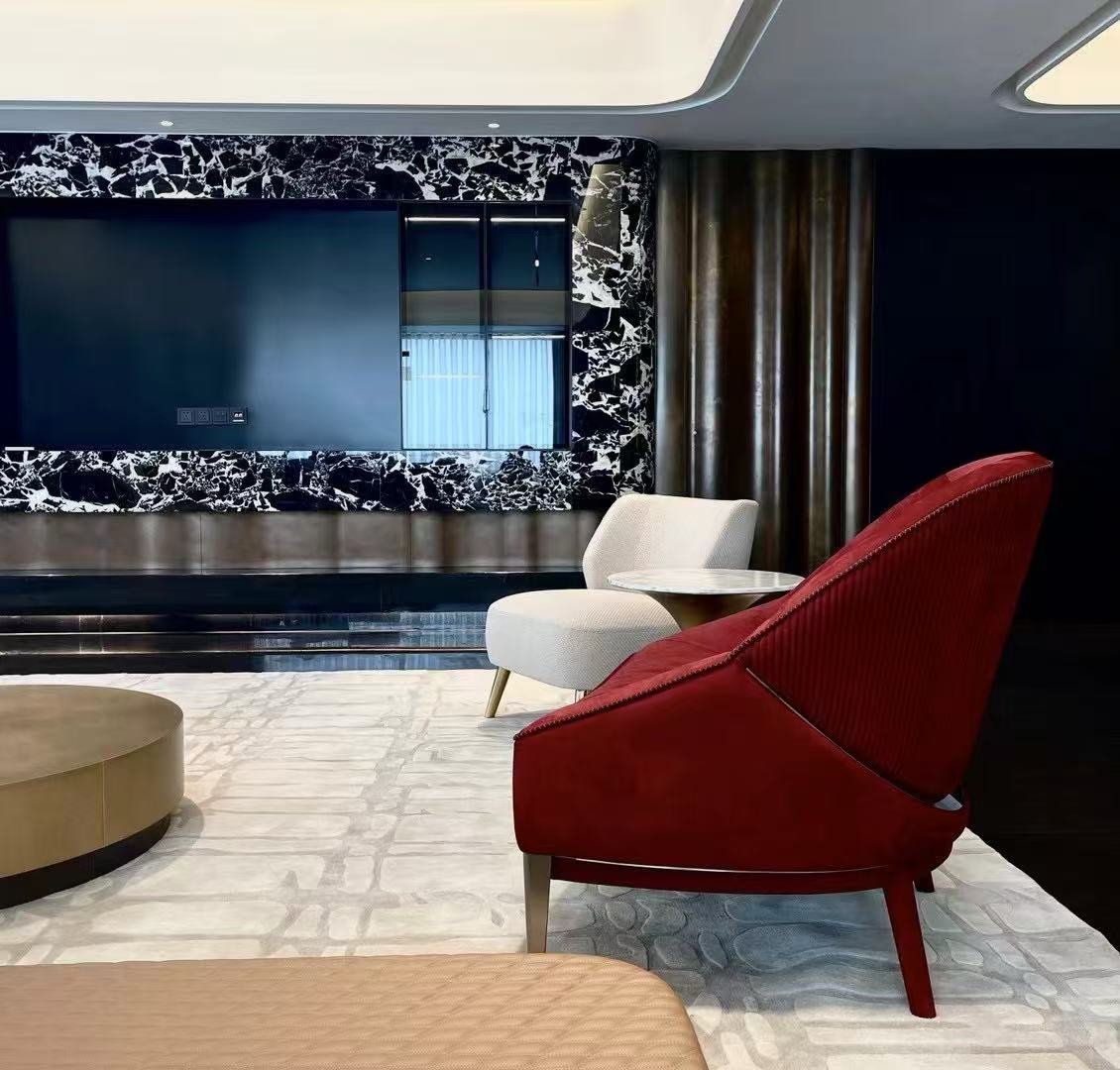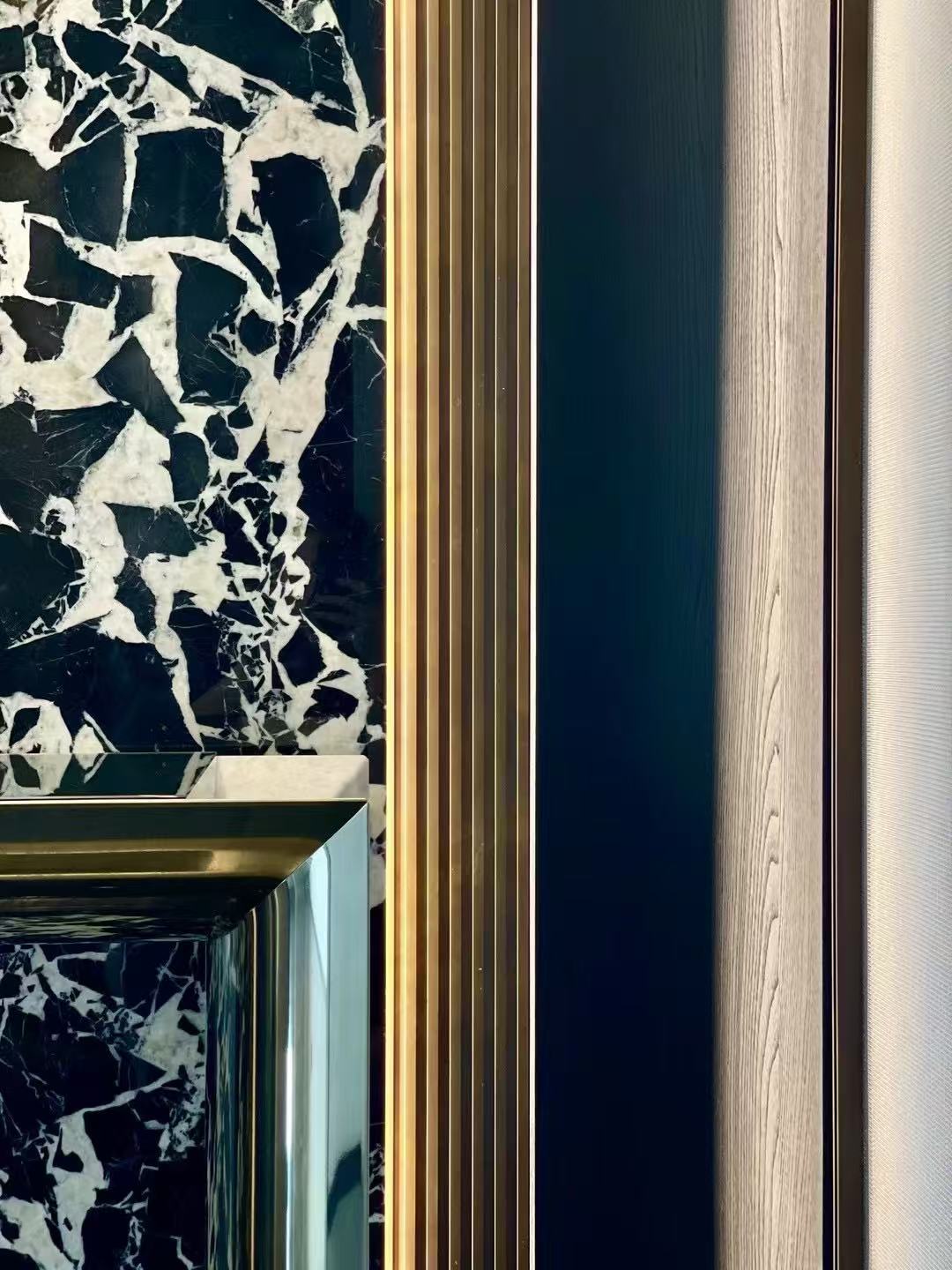In the stone industry, new product trends emerge almost every decade. From 2000 to around 2013, natural granite and marble were the main product applications. After 2013, the emergence of new materials, such as quartz stone, Sintered Stone and other engineer stone products, had a huge impact on the traditional natural stone industry. It quickly replaced most of the natural stone market. Nowadays, the artificial stone industry has been developing for more than ten years. We can clearly feel that the competition in the industry is becoming more and more fierce, and the market demand is also constantly shrinking. Such changes in the industry force us to think more about the direction in which the stone industry should continue to develop.

First, return to natural stone. The uniqueness of natural stone makes the decorative space more artistic. More projects with sufficient budgets will choose natural stone to distinguish it from the decoration of low-end places and improve recognition. However, this requires higher requirements for practitioners in the stone industry. They need to have more professional product application knowledge, and they should also have corresponding product design capabilities. Different from the traditional way of selling products, only by better understanding of products and design can award win in the fierce market competition environment.

Second, competition in the artificial stone industry will continue to intensify, and excess production capacity will plunge the entire industry into disorderly competition. Until the cost of some companies is compressed below the line, they will not be able to survive. The same product style will prevent artificial stone products from finding new growth points in the market demand for novelty and highly customized products. The price competition in the low-end market will become increasingly fierce.

As practitioners in the stone industry, we should clearly understand our position in the industry and actively find the direction for breakthroughs. To develop towards the high-end market, we must actively improve our product application design capabilities. To develop into the low-end market, we should continue to reduce unnecessary costs and expenses to cope with the fierce price war in the future market.